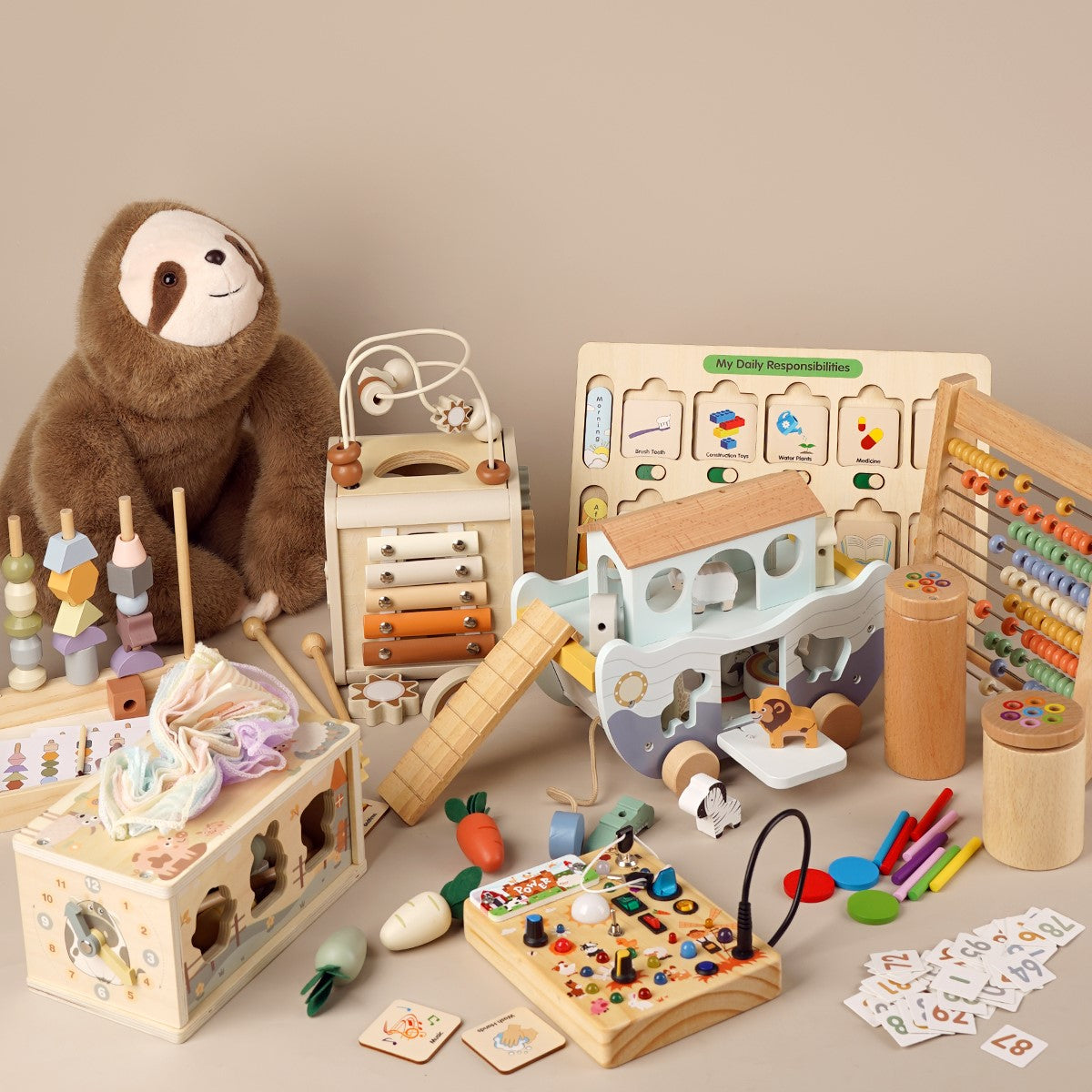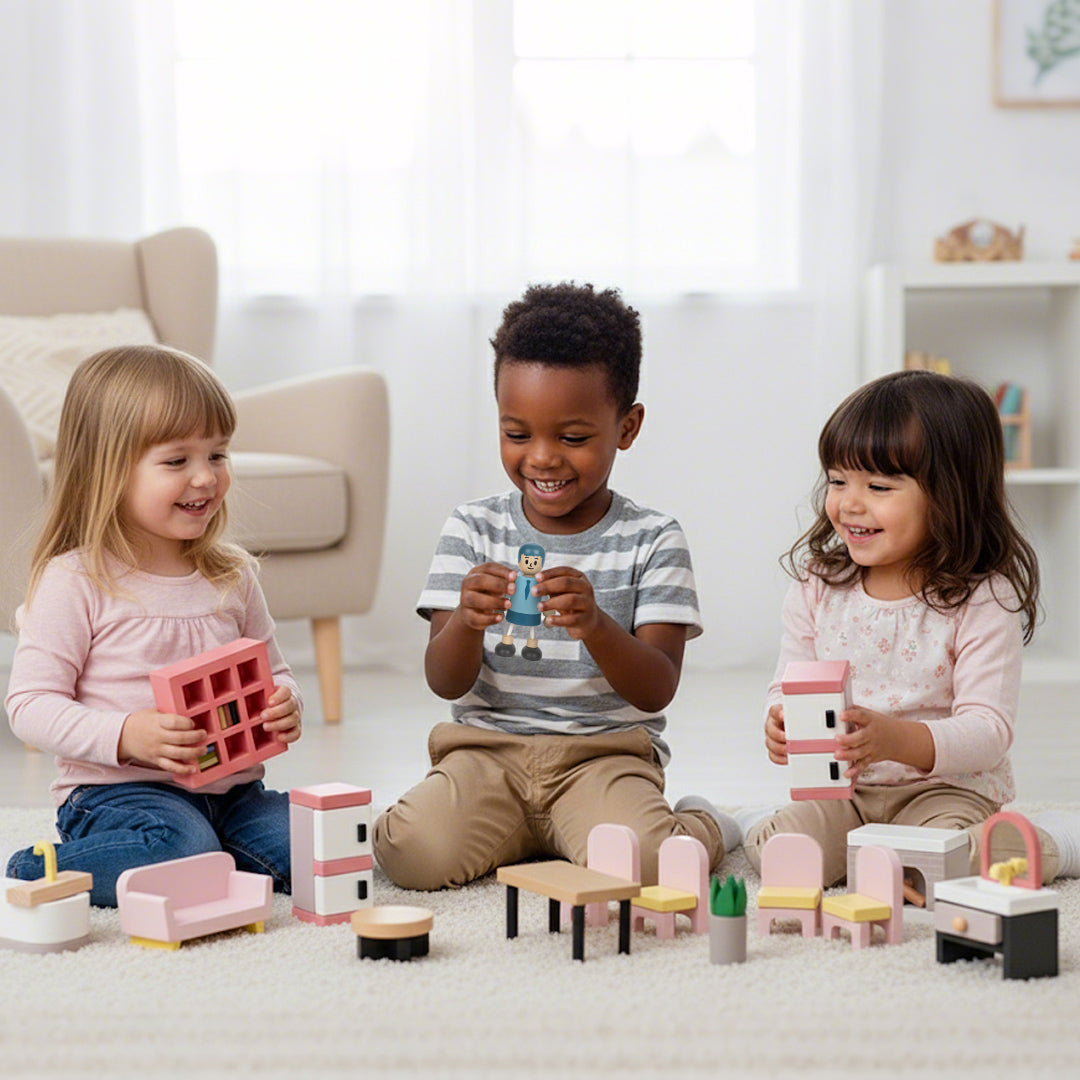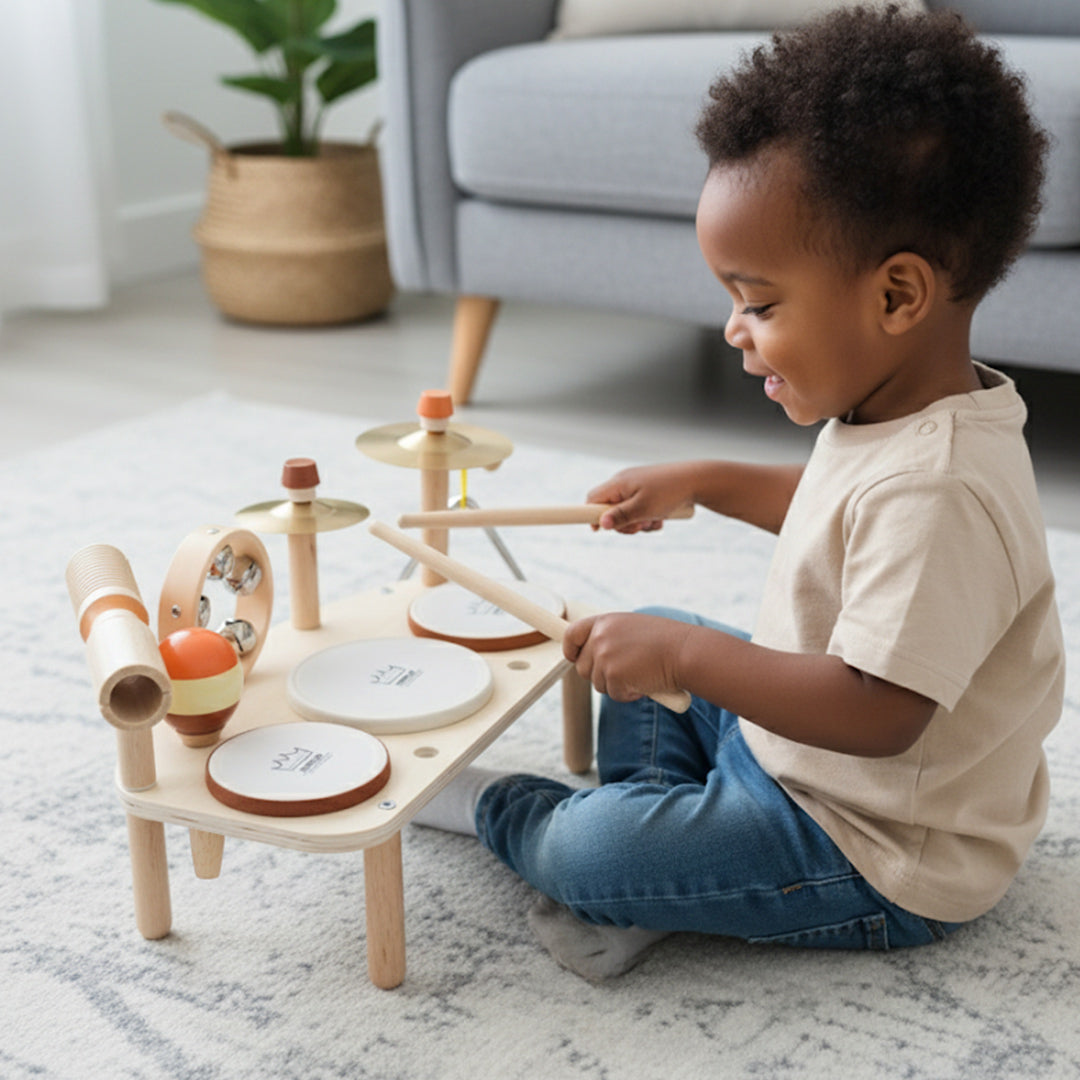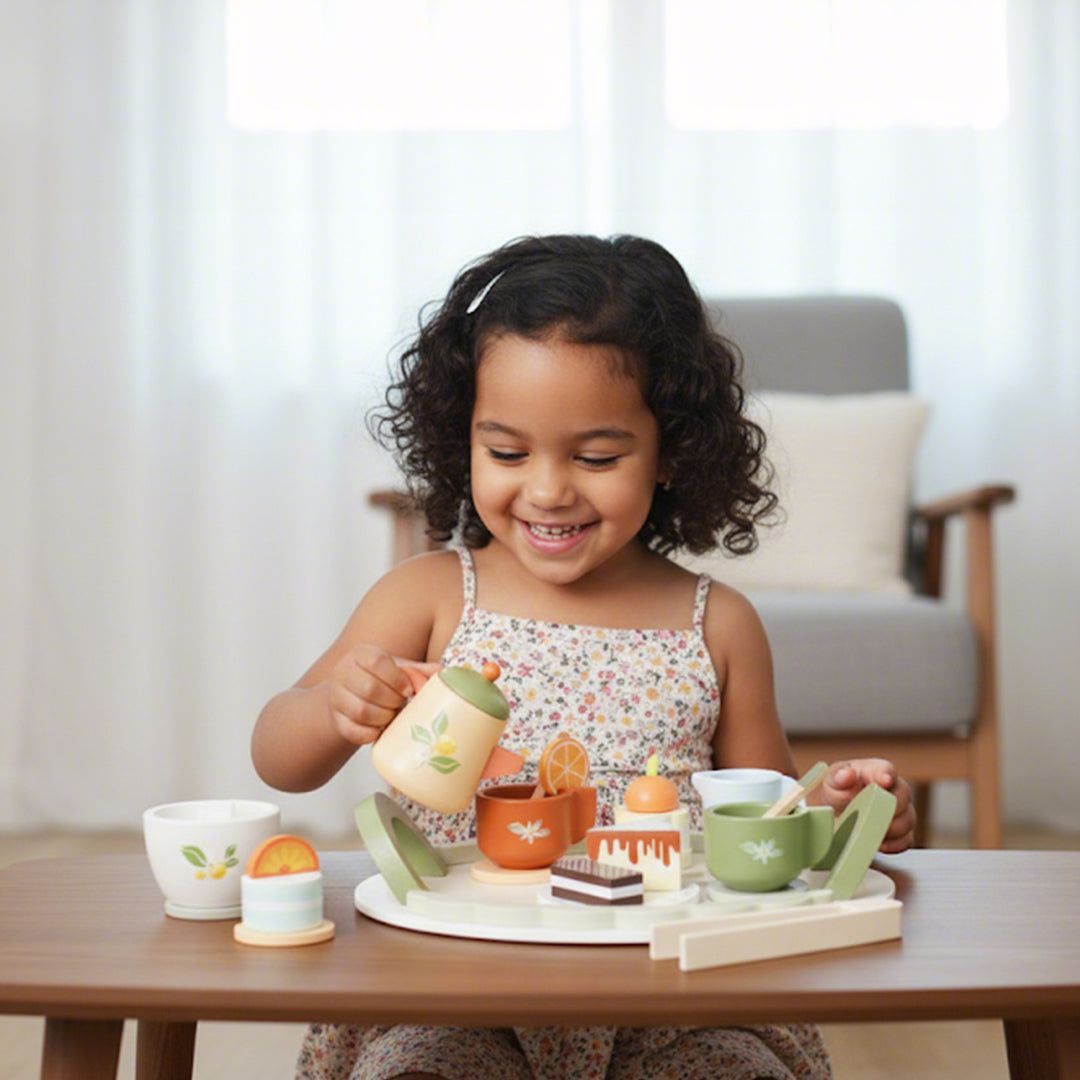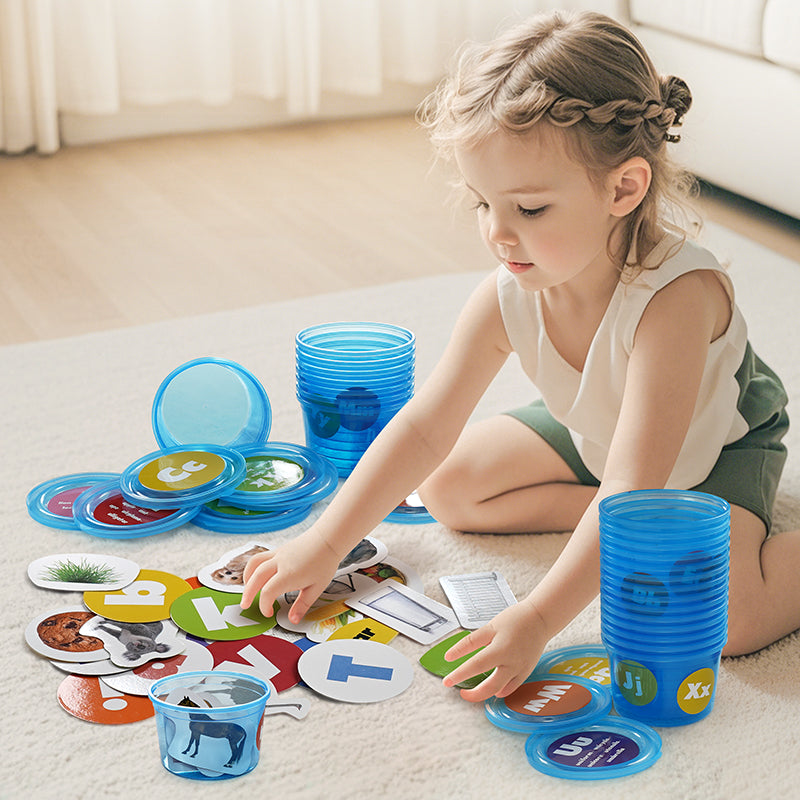A Parent’s Guide to Sensory Play & Toys for Kids with ASD
Sensory toys play a crucial role in the lives of children with autism spectrum disorder (ASD). These toys are designed to help children engage with the world around them, offering stimulation that can enhance their cognitive, emotional, and sensory development. However, with so many options available, choosing the best sensory autistic toys for a child can feel overwhelming.
How to Choose the Best Sensory Toys for a Child with Autism
Each child with autism is unique, and their sensory needs may vary significantly. Some children may be hypersensitive to certain stimuli, while others may seek more sensory input. Understanding whether the child tends to seek or avoid sensory experiences is the first step in choosing the right toy.
- Seekers may enjoy toys that provide more intense sensory feedback, such as vibrating toys, textured surfaces, or toys with bright lights and sounds.
- Avoiders may prefer calming toys that offer gentle stimulation, such as soft fabrics, weighted items, or smooth textures.
A conversation with the child’s therapist, teacher, or caregiver can provide insights into the types of sensory input that the child is most responsive to.
Age-Specific Suggestions for Sensory Toys
Sensory toys are designed to stimulate a child’s senses—touch, sight, sound, and movement—and they can be used to enhance development in various ways. However, not all sensory toys are suitable for every age group. As children grow and their sensory needs evolve, it’s important to choose toys that align with their developmental stage.
1. Infants (0–12 Months)
Infants are in the early stages of developing their sensory processing systems. At this age, toys should focus on helping babies explore basic sensory experiences through sight, sound, touch, and movement. The goal is to provide stimulation that encourages early motor skills, bonding, and cognitive development.
Recommended Sensory Toys for Infants:
- Soft Textured Toys: Baby-safe soft toys with varying textures help infants explore tactile sensations. Look for sensory blankets, plush toys with different fabrics (e.g., fleece, satin, or corduroy), or textured teethers.
- Rattles and Shakers: Simple, lightweight rattles or shakers allow babies to explore sound, helping them learn cause and effect. The sound of the rattle also helps develop auditory processing.
- High-Contrast Visual Toys: Babies are attracted to bold, high-contrast colors, especially black and white. Books with high-contrast images or simple toys with striking colors can stimulate visual development.
- Mirrors: Baby-safe, unbreakable mirrors allow infants to explore their reflection and enhance visual tracking skills.
- Tummy Time Mats: Soft play mats with various textures and attached toys encourage babies to use their muscles during tummy time, fostering motor skill development.
2. Toddlers (1–3 Years)
Toddlers are becoming more mobile, curious, and active. Sensory toys at this stage should help enhance fine motor skills, support cognitive growth, and encourage problem-solving and sensory exploration. Toys should engage multiple senses to help toddlers develop a deeper understanding of the world around them.
Recommended Sensory Toys for Toddlers:
- Stacking Toys and Blocks: Simple stacking toys, such as rings or blocks, help toddlers improve their hand-eye coordination and fine motor skills. They also support cognitive skills like shape recognition and spatial awareness.
- Textured Balls: Soft, squishy balls with different textures encourage tactile exploration and are perfect for rolling or squeezing, which helps strengthen hand muscles.
- Interactive Books: Books with flaps, textures, and mirrors allow toddlers to explore different sensory inputs while improving language skills and cognitive development.
- Fidget Toys and Montessori Busy Board: Busy boards with buttons, zippers, and switches provide tactile stimulation and promote fine motor skills. Some toys come with textures that engage both the hands and the eyes.
- Musical Toys: Simple instruments like drums, xylophones, or maracas offer auditory feedback and allow toddlers to explore rhythm, sound, and cause and effect.
- Shape Sorters: Toys that require toddlers to match shapes to corresponding holes provide both visual and tactile stimulation while also supporting problem-solving and motor development.
3. Preschoolers (3–5 Years)
At this stage, preschoolers are refining their cognitive skills, developing more advanced motor abilities, and beginning to engage in imaginative play. Sensory toys should help promote creativity, fine and gross motor coordination, and emotional regulation. Preschoolers are also starting to engage more with peers, so interactive toys can encourage social play.
Recommended Sensory Toys for Preschoolers:
- Playdough or Modeling Clay: These classic toys are perfect for promoting creativity, tactile exploration, and fine motor skills. Children can squeeze, roll, and mold the clay, which also helps strengthen hand muscles and improve dexterity.
- Puzzle Toys: Age-appropriate puzzles, whether they are simple shape sorters or jigsaw puzzles, provide cognitive stimulation and promote problem-solving skills while engaging both hands and eyes.
- Balance and Movement Toys: Toys like balance boards, small swings, or hopscotch mats help develop gross motor skills and promote vestibular input, which is vital for balance and coordination.
- Light-up Toys: Toys with flashing lights or color-changing features can provide visual stimulation and hold a preschooler's attention. These toys are great for engaging children who are attracted to visual input.
- Building Toys: Simple building blocks or interlocking pieces (like LEGO sets) encourage creativity and improve fine motor skills as children construct different structures and engage in imaginative play.
- Pretend Play Toys: Pretend play toys, such as kitchen sets, doctor kits, or dolls, help children develop social skills, emotional regulation, and empathy by encouraging role-playing and interaction.
4. School-Age Children (6–10 Years)
At this age, children are more engaged in structured activities and developing more complex cognitive skills. Sensory toys for school-age children should support fine and gross motor development, provide sensory regulation, and enhance focus and concentration. These toys also help children manage stress and anxiety, especially during school or homework time.
Recommended Sensory Toys for School-Age Children:
- Fidget Tools: Fidget spinners, cubes, and stretchy toys help children channel nervous energy, improve focus, and calm down during stressful or overstimulating situations.
- Weighted Blankets or Lap Pads: These provide deep pressure input, which can be soothing for children who need help regulating anxiety or focus. Weighted toys can also improve sensory processing and self-regulation.
- Stress Balls and Squishy Toys: These tactile toys offer stress relief and help children release built-up tension. They also promote hand strength and fine motor development.
- Building Kits and Craft Supplies: Toys like LEGO sets, craft kits, and model-building toys promote creativity, attention to detail, and fine motor control.
- Musical Instruments: Simple instruments like keyboards, guitars, or percussion sets encourage auditory exploration, rhythmic skills, and self-expression through music.
- Interactive STEM Toys: Toys that involve building circuits, programming robots, or solving logic puzzles help enhance cognitive skills and encourage critical thinking while also providing sensory stimulation.
Finding the Right Sensory Toy to Support Communication Beyond Traditional AAC Devices
One of the biggest challenges for parents of children with autism is supporting their communication development. When it comes to sensory toys, the question arises: which ones can truly help improve a child’s communication skills step by step?
While most communication aids available focus on professional AAC (Augmentative and Alternative Communication) devices, these tools can sometimes be too complex or overwhelming for young children to use effectively. Many parents are therefore seeking sensory toys that are not only engaging and playful but also encourage communication in a natural and approachable way.
For those looking for a child-friendly solution that blends sensory play with communication support, Joyreal AAC devices for autism come highly recommended. These interactive and fun devices are designed to help children develop communication skills through play, making the learning process enjoyable and effective.
Conclusion
Sensory toys provide a multitude of benefits for children, from enhancing sensory processing and motor skills to promoting emotional regulation and social interaction. Whether they are used to calm, engage, or challenge, these toys play a pivotal role in a child’s development, offering a fun yet therapeutic way to support their growth.
By incorporating sensory toys into a child’s daily routine, caregivers, teachers, and therapists can help children build confidence, gain new skills, and improve their overall well-being. With the right sensory tools, children can thrive in both individual and social settings, creating an environment of learning, growth, and enjoyment.
Maybe it will be helpful for you:
Recent Post

What Finally Helped My Toddler Speak Up?
If you’re a toddler mom, you already know how much emotional weight...

Joyreal Christmas Toys Deals 2025
Enjoy instant savings across nearly every category, from early lear...

How Wooden Montessori Toys Support a Sustainable Childhood
Most parents don’t say it out loud, but many feel the same quiet fr...

Top Christmas Gifts to Help Kids Communicate Better This Holiday Season
The holiday season brings joy, family bonding, and endless opportun...

How to Make DIY Printable Communication Boards
Communication is at the heart of every child’s development — and fo...

Top 5 Christmas Gifts That Bring Families Closer (2025 Guide)
Christmas isn’t just about the gifts — it’s about the moments we c...

Top Musical Christmas Gifts for Toddlers & Preschoolers 2025
Why Musical Gifts Are Perfect for Toddlers and Preschoolers Music h...

Joyreal AAC Devices Wholesale Partner
In today’s educational and therapeutic environments, speech therapi...

Joyreal AAC Device – Big Sale for Autism & Speech
Every Voice Deserves to Be Heard Imagine your child looking up at y...

How to Choose Safe & Educational Toys for Christmas 2025
When “Just a Toy” Means So Much More If you’re a parent, you know t...
